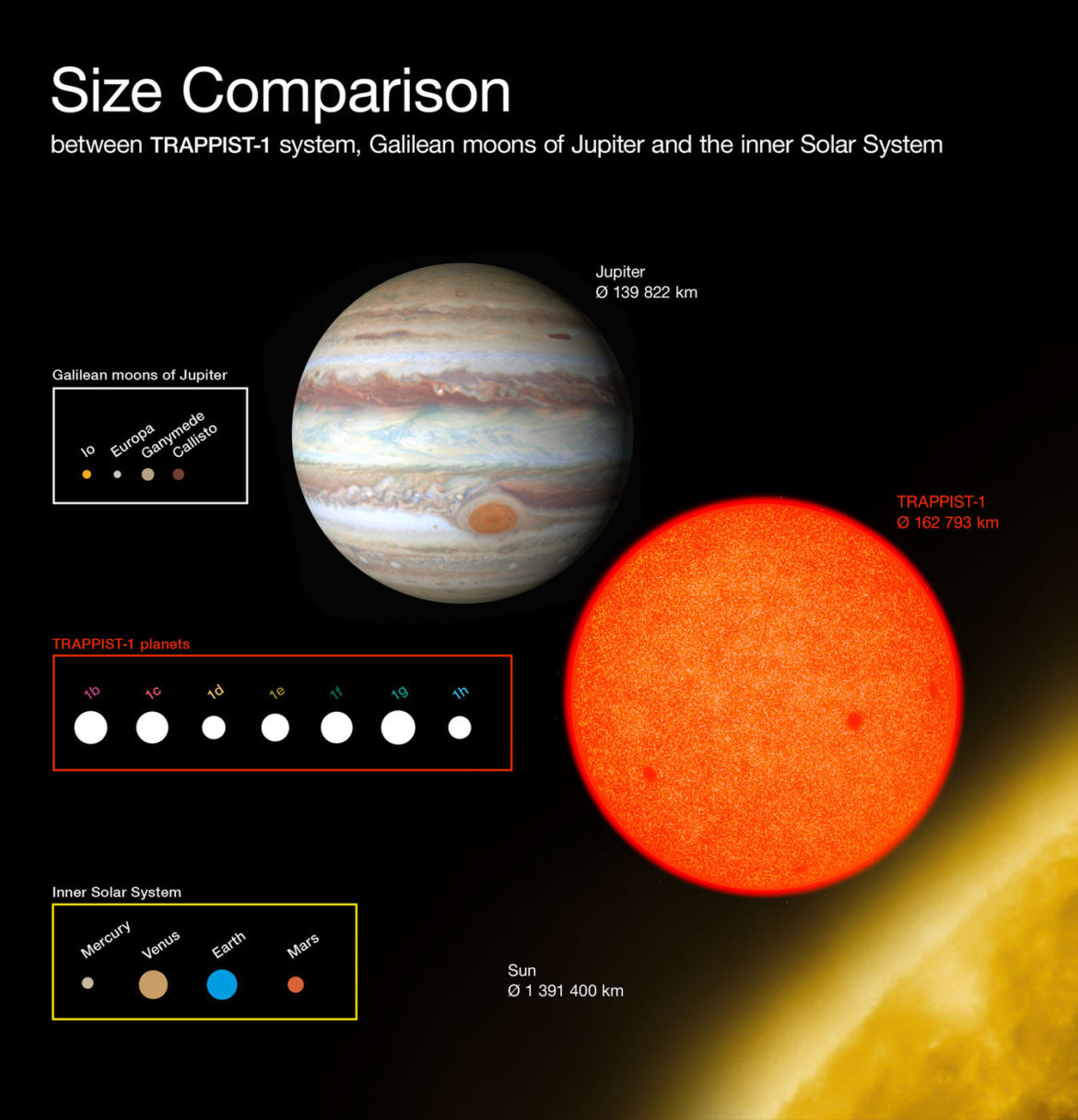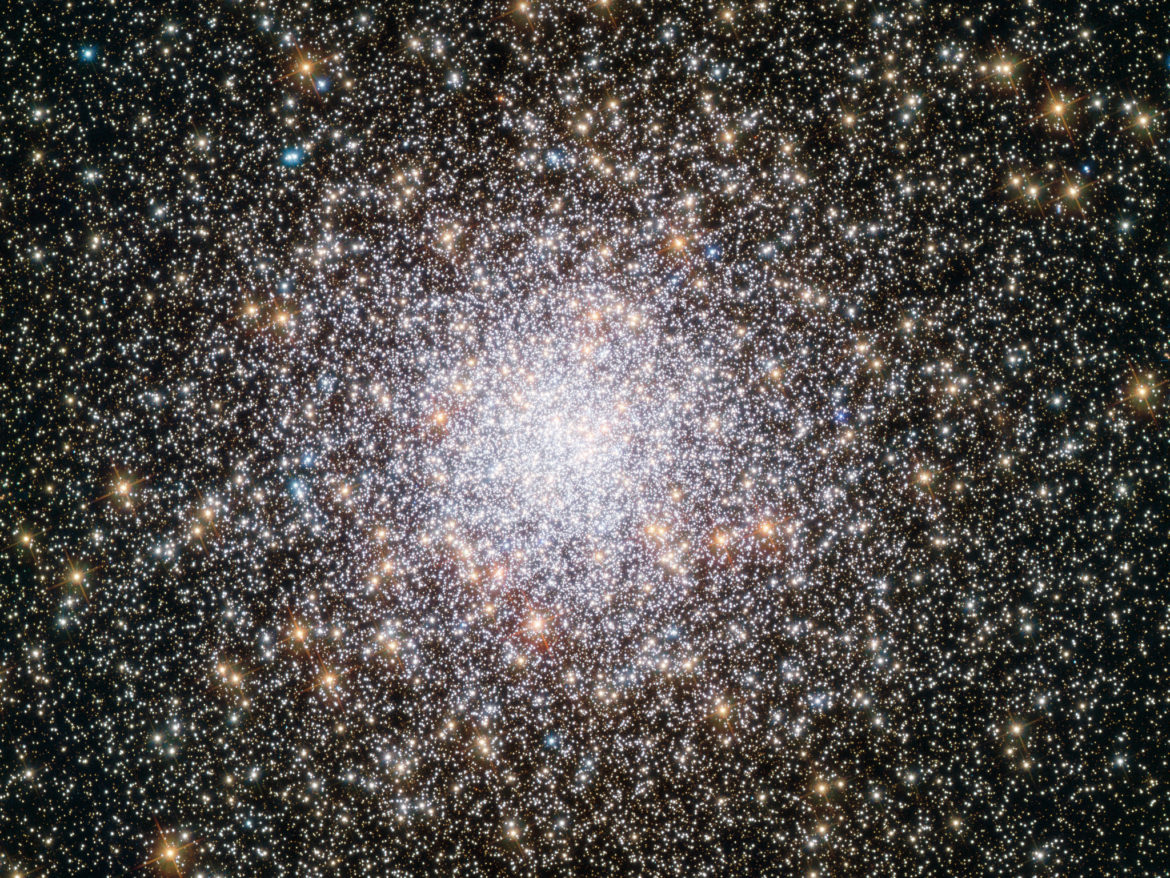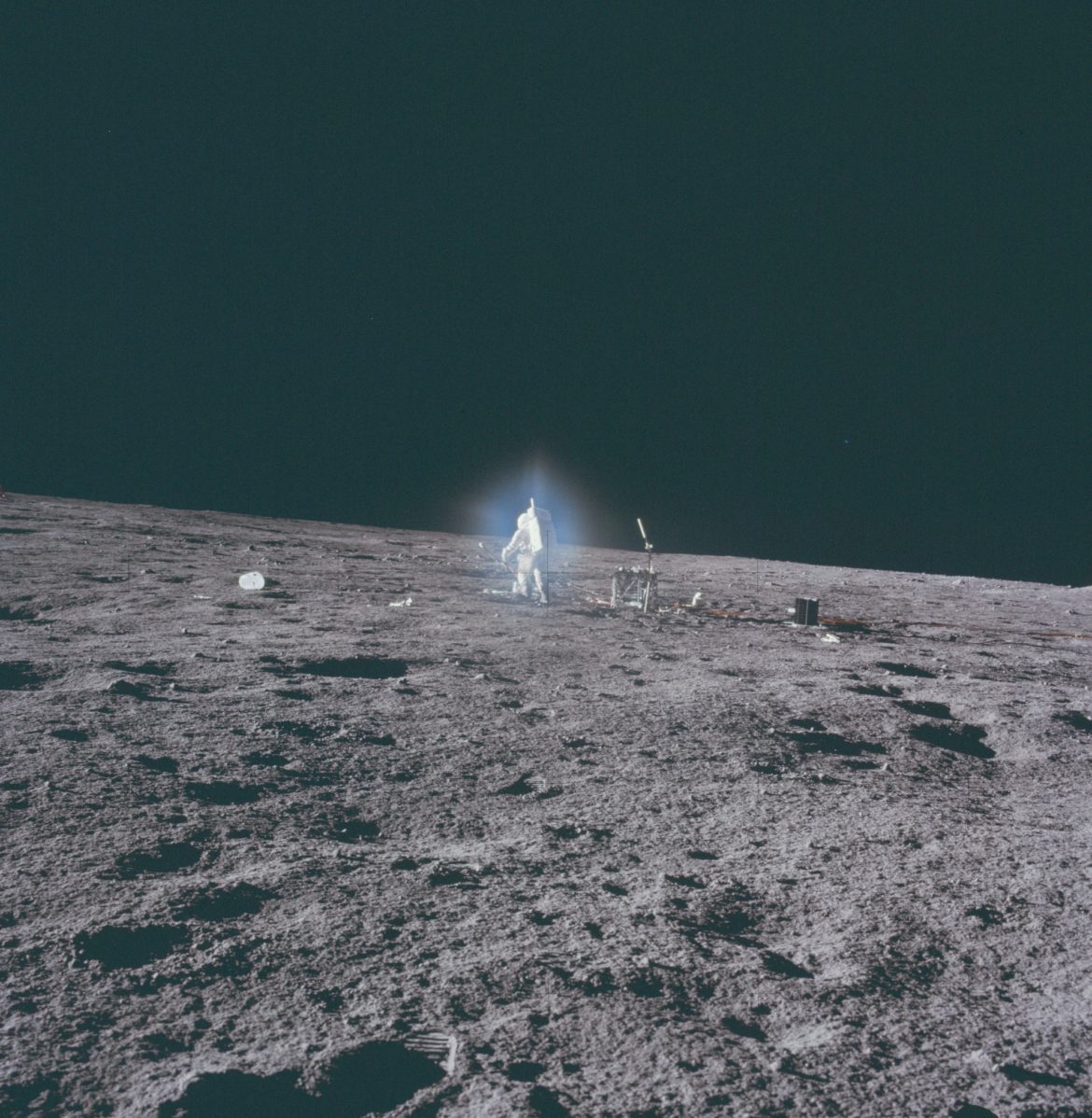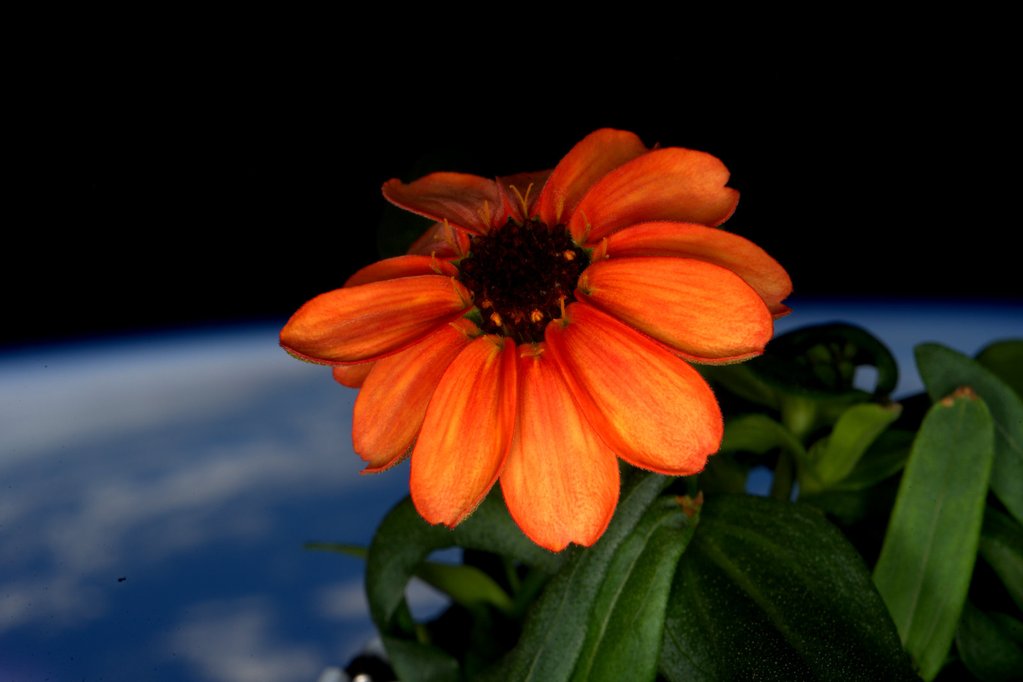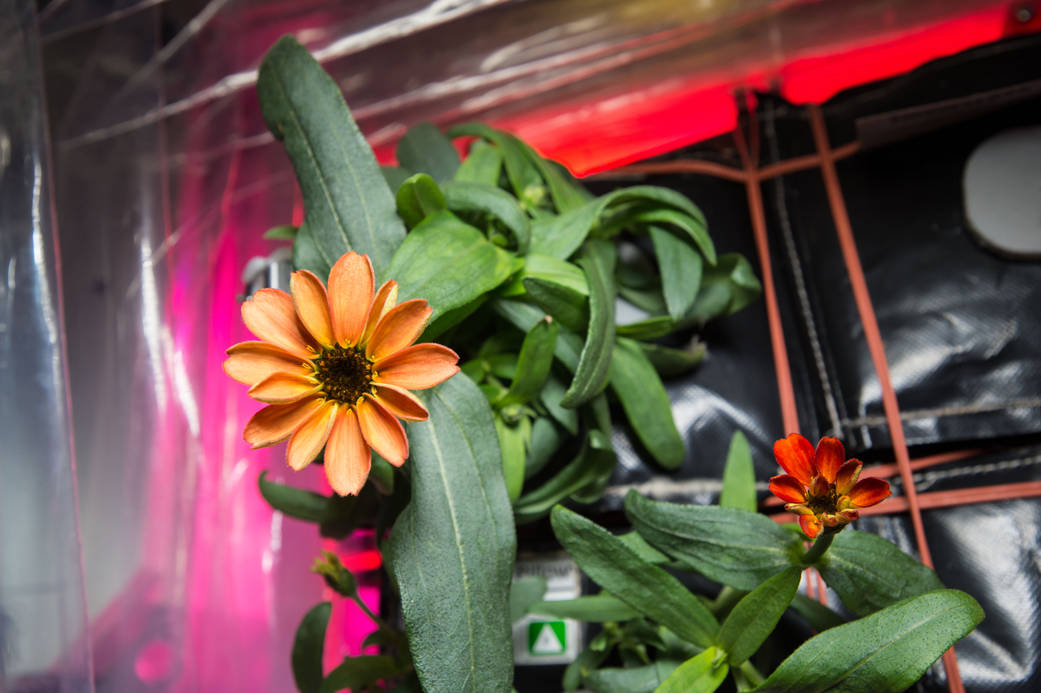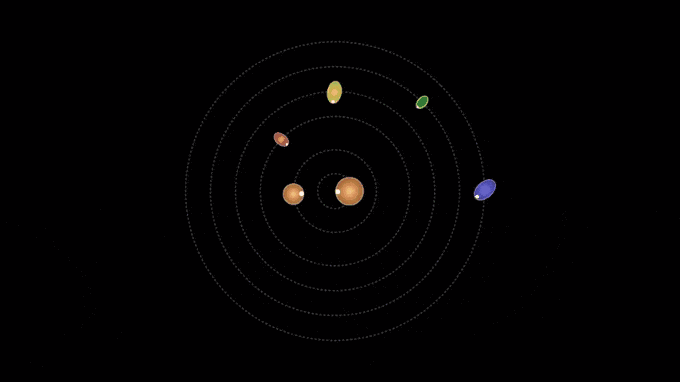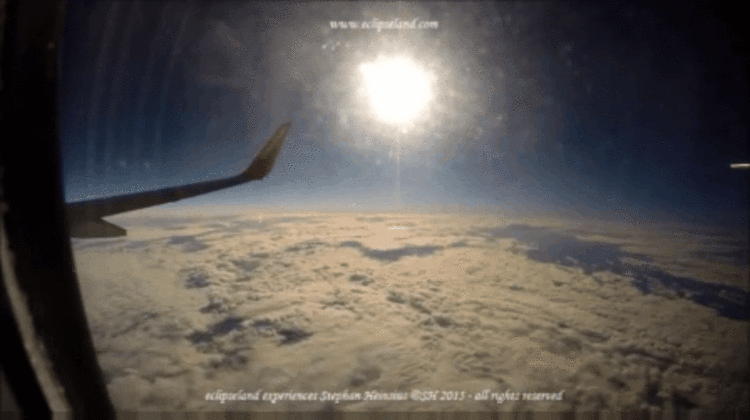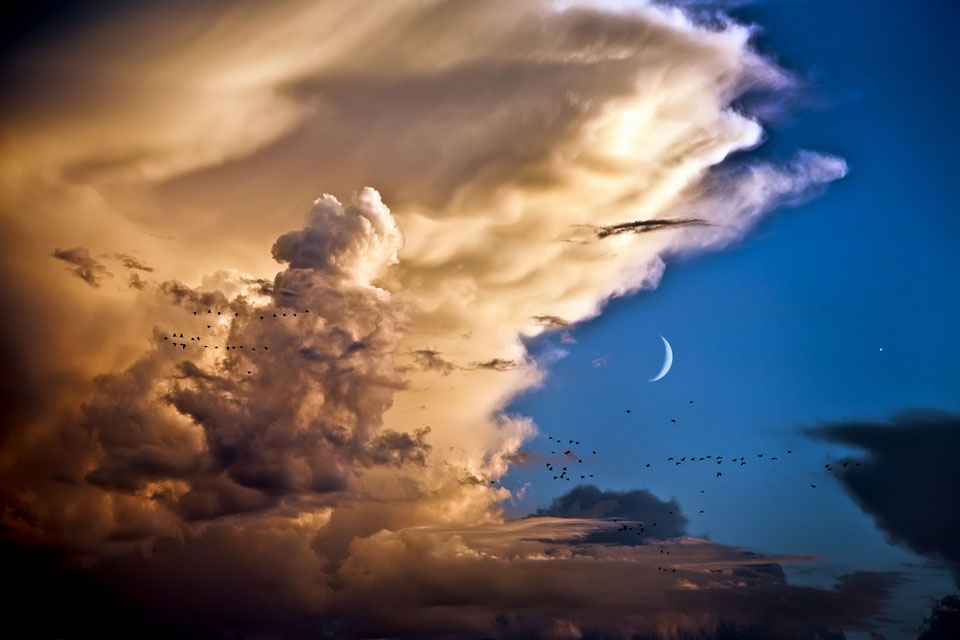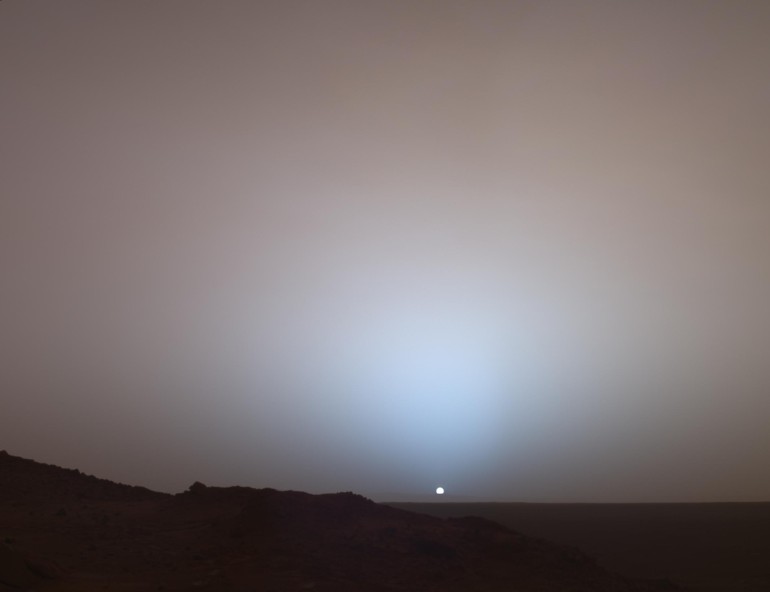Seven Earth-like Planets Found Orbiting Nearby Star
This morning NASA announced the discovery of seven Earth-like planets “that could harbor life†orbiting an ultra cool red dwarf star. Three of these seven newly discovered planets are in the Habitable Zone. The exoplanets circle the star TRAPPIST-1, which lies just 39 light-years (235 trillion miles) away — a mere stone’s throw in the cosmic scheme of things.
From Washington Post:
The discovery, reported Wednesday in the journal Nature, represents the first time astronomers have ever detected so many terrestrial planets orbiting a single star. Researchers say the system is an ideal laboratory for studying alien worlds and could be the best place in the galaxy to search for life beyond Earth.
“Before this, if you wanted to study terrestrial planets, we had only four of them and they were all in our solar system,†said lead author Michaël Gillon, an exoplanet researcher at the University of Liège in Belgium. “Now we have seven Earth-sized planets to expand our understanding. Yes, we have the possibility to find water and life. But even if we don’t, whatever we find will be super interesting.â€
Here’s the paper in Nature: Seven temperate terrestrial planets around the nearby star TRAPPIST-1.

